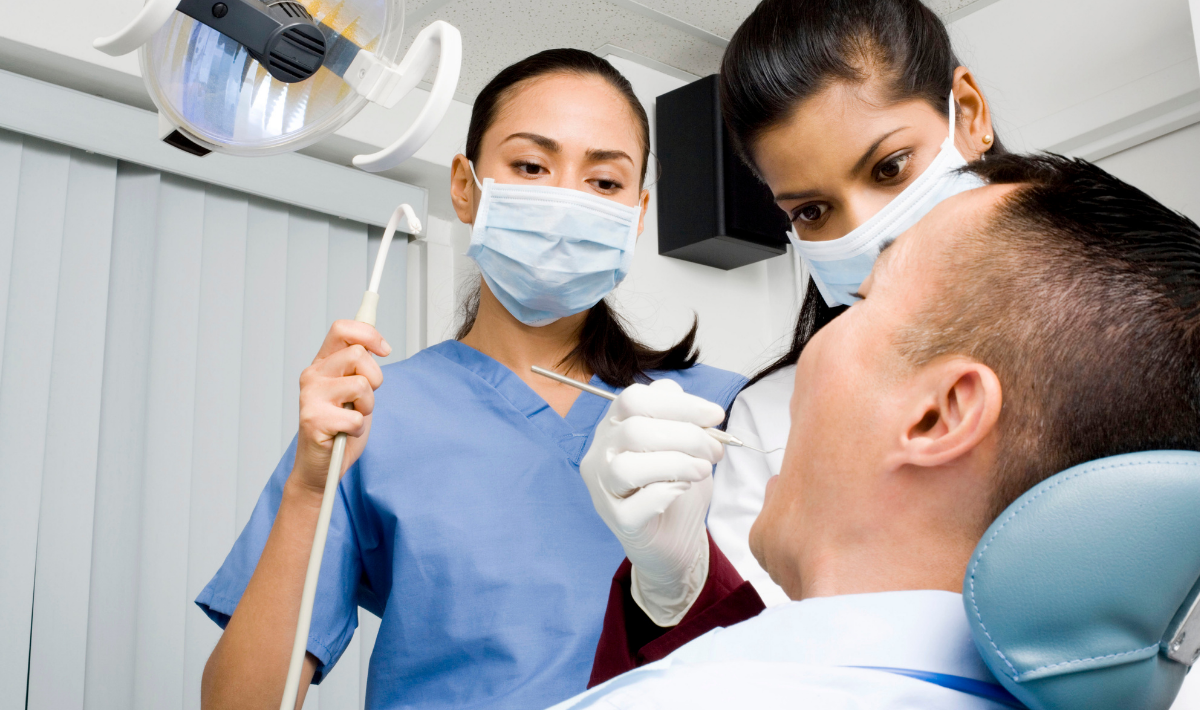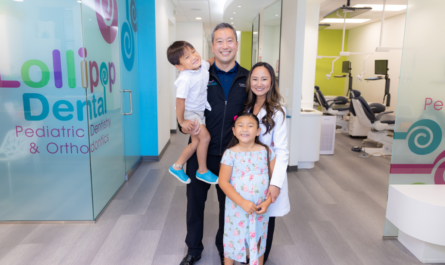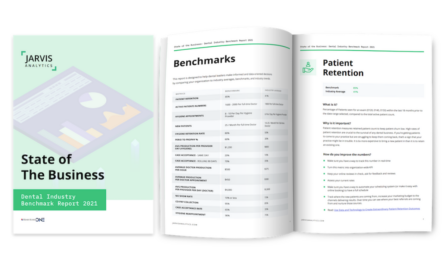Seven steps toward holding a hygiene team accountable and achieving improvements
By Heidi Arndt
One of the most common questions I get from clients and potential clients is this: “We have implemented a dental hygiene protocol before, but it just seems to fade away and never sticks. Is it worth it for us to try again?”
There may be several reasons why something is not “sticking” with your hygiene team, but the most common reason I have found is that accountability is often the missing element.
Accountability is the key to achieving results consistently. Not only that, your team wants to achieve goals, and feel the satisfaction of achieving the goal and performing at or above the set standard. In other words, they are looking for leaders to hold them accountable to the goals and standards set by the practice/group.
Do you ever find yourself addressing the same issues time after time? Has your team hit a plateau and never meets their goals? Does your team see your goals or initiatives as optional?
Focus area
You may see your team needs improvement or is stagnant in several areas. It is crucial you identify these, but choose one area to focus on first. This focus area should be one that you want to see measurable improvement in. Do not get clouded with all of the issues – focus is the key. This focus will allow you and your team to see and feel results, and you will all be motivated to move onto the additional items on your list once success has been achieved.
Here are the seven steps I use when holding a team accountable:
- Educate. Before you can get your team on board with improvement, you need to highlight the area of focus and educate them on what the impact has been to the patients and the practice. For example: You want to reduce the number of opening in the hygiene schedule. Your current hygiene schedule utilization is 72 percent.
- Set the standard and set clear goals. Everyone on the team must understand what you are trying to achieve and what that achievement looks like – goals. Building on the example above, an optimized hygiene schedule would be >90 percent utilized. In other words, 90 percent would be your new goal.
- Commit. The team must commit and buy-in to the goal and understand their part in achieving success.
- Consistent follow-up and benchmarking. As a leader, you must continually track performance and ensure the team understands the standard and goals. Review performance regularly, with weekly reports and monthly team meetings to re-align the team and to celebrate milestones.
- Mentor and coach. Provide feedback and coach the team regarding their performance. They will need your focused support and direction to make long lasting changes. Remember, you are often helping our team through behavior changes.
- Celebrate success. Once a goal is accomplished, celebrate the success with your team. The team needs to see and feel what success is all about.
- Continuous improvement. Now that the goal is accomplished, do not lose sight of this important goal. After all, you worked hard to accomplish it … keep it going by using the seven-step system.
The team will not be accountable if the leader is not accountable. The leader must be accountable and consistent with the seven-step process.
The biggest failure I see (and have done myself in the past) is to start the process, but never follow through. Do not let the busyness of each day stop your focus on accountability. Focus, focus, focus!
By losing focus, the team will lose respect and faith in the process and start to question the group and the leader’s commitment. This can greatly undermine the overall mission.
By making accountability the focus of your group you will see improved results and a more satisfied team. Remember, we all want to achieve goals. Set a focus with measurable goals and watch the change happen.
Heidi Arndt, RDH, BSDH has worked in the dental field for 18+ years. Her experience ranges from working as a treatment coordinator, dental assistant, and practice manager before graduating from the University of Minnesota with a bachelor’s degree in Dental Hygiene. In 2011, Heidi founded Enhanced Hygiene. She is dedicated to helping dental practices realize their total hygiene profit potential through the development of their hygiene team, quality patient care, patient-centric service and by empowering the entire team.
Sidebar:
Before you can get your team on board with improvement, you need to highlight the area of focus and educate them on what the impact has been to the patients and the practice.
For example: You want to reduce the number of opening in the hygiene schedule. Your current hygiene schedule utilization is 72 percent.





